 Sleep is an essential need that the human body requires. It is vital for the infrastructure of good health. Not getting enough sleep can have a great effect on the body physically and mentally.
Sleep is an essential need that the human body requires. It is vital for the infrastructure of good health. Not getting enough sleep can have a great effect on the body physically and mentally.
The two basic types of sleep are rapid eye movement (REM sleep) and non-REM sleep. Deep sleep is known as non-REM, while dreaming state typically occurs during REM. Generally, non-REM and REM sleep present themselves in a regular pattern of 3–5 cycles each night.
Your body’s effectiveness to operate and feel well during the day relies on whether you are getting enough total sleep AND adequate amounts of each type of sleep. It also depends on whether you are sleeping at a time when your body is prepared and ready to sleep.
Health Conditions Linked to a Lack of Sleep
Adults typically need a minimum of seven hours of sleep each night. When the minimal amount is not met, health conditions such as high blood pressure, type 2 diabetes and obesity can occur or worsen.
- High Blood Pressure: Blood pressure levels go down during normal sleep. Staying awake longer or having problems sleeping means your blood pressure is staying higher for a longer amount of time.
- Type 2 Diabetes: Diabetes causes sugar to build up in your blood. Getting enough sleep may help people regulate blood sugar levels. Researchers believe that sleep restriction may affect blood sugar levels due to its effects on insulin, cortisol and oxidative stress.
- Obesity: The part of the brain that controls hunger needs a healthy balance of the hormone's ghrelin (makes you feel hungry) and leptin (makes you feel full). Not getting enough sleep may cause more ghrelin levels to increase, which will make you feel hungrier than when you are well-rested.
How Do I Get Better Sleep?
- Stick to a routine - A regular sleep schedule will cause your circadian rhythm to stay on track. Go to bed at the same time each night and wake up at the same time each morning. Try not to vary too much, even on the weekends.
- Physical Activity - Get enough exercise during the day. Try not to do too much physical activity within a few hours of your regularly scheduled bedtime.
- Don’t eat or drink within a few hours of bedtime - Eating or drinking too much within a few hours of bedtime causes your organs to “wake up”. It may impair your sleep cycle and cause you to have trouble managing your blood sugar.
- Keep your bedroom dark, cool and quiet - This type of environment is the most welcoming environment for your body to prepare for sleep.


 Name:
Name: 
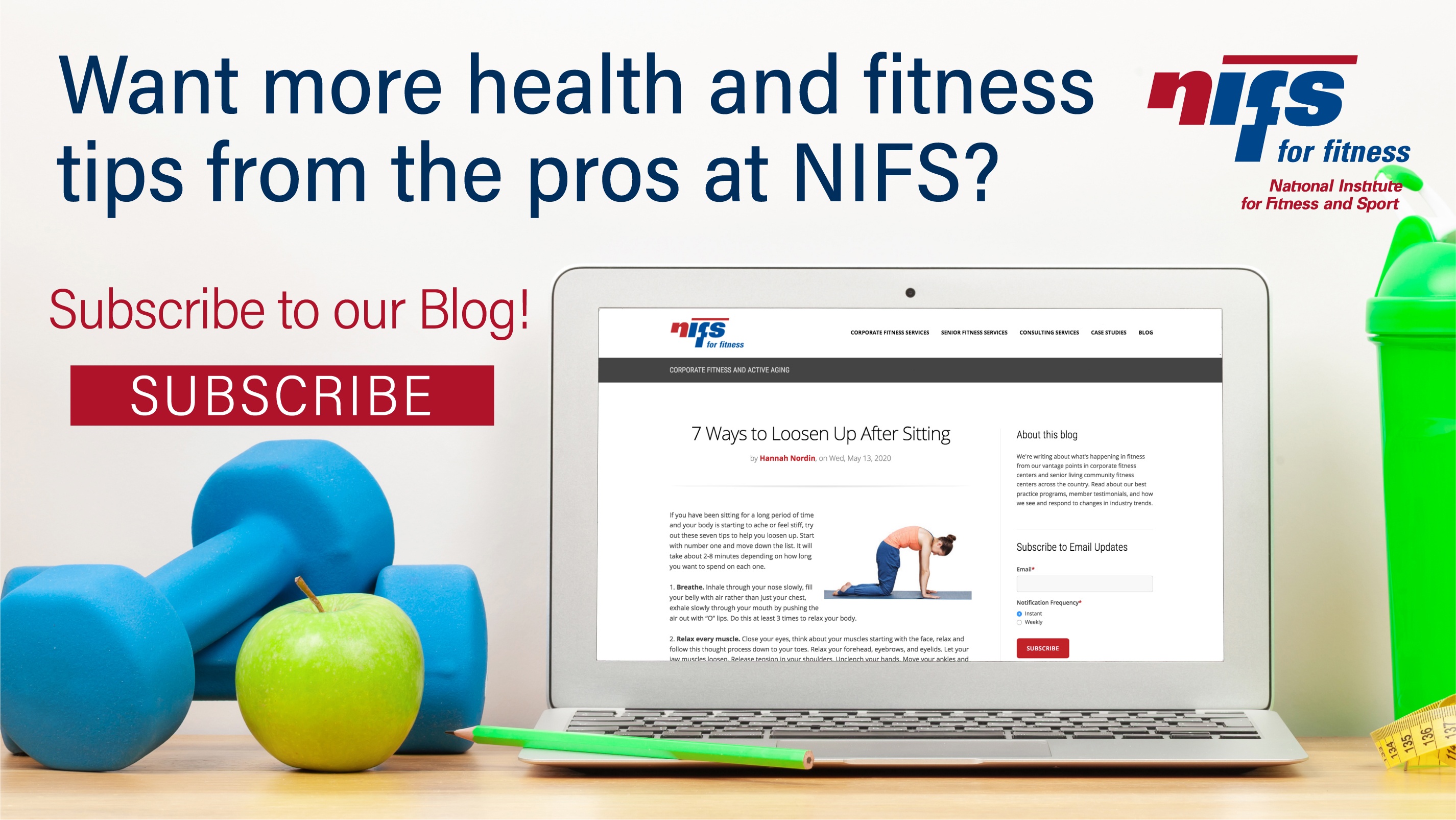
 Sometimes it’s hard to juggle all the daily responsibilities in life. Balancing work responsibilities can be difficult enough but trying to also maintain a social life at the same time can feel impossible. Being able to manage your time can be invaluable in many ways. There many benefits of having time management skills and having the right strategies can improve your skills.
Sometimes it’s hard to juggle all the daily responsibilities in life. Balancing work responsibilities can be difficult enough but trying to also maintain a social life at the same time can feel impossible. Being able to manage your time can be invaluable in many ways. There many benefits of having time management skills and having the right strategies can improve your skills. 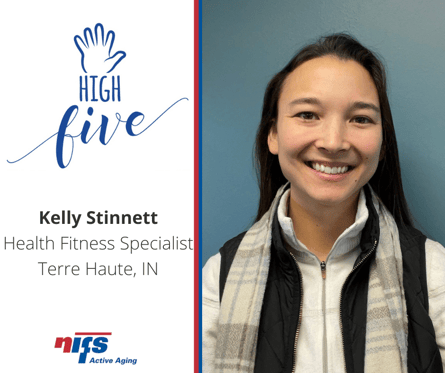 Name:
Name: We are on the brink of a New Year and those looming resolutions start filling our head with what we should do or consider changing. Keep a positive mindset to not allow resolutions to fall to the wayside in the New Year, allow them to become lifestyle changes. Know that when you fall short, it's ok to give your self a restart. Check out these nine nutrition-related New Year's resolutions to not only set, but stick to.
We are on the brink of a New Year and those looming resolutions start filling our head with what we should do or consider changing. Keep a positive mindset to not allow resolutions to fall to the wayside in the New Year, allow them to become lifestyle changes. Know that when you fall short, it's ok to give your self a restart. Check out these nine nutrition-related New Year's resolutions to not only set, but stick to. 

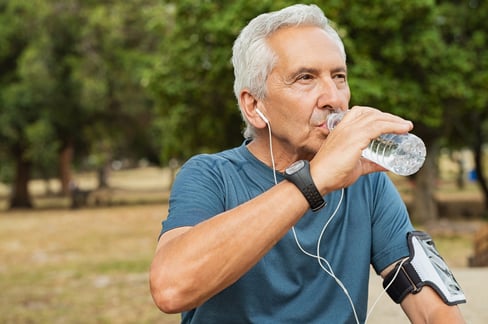 If music is good for the mind, and exercise is good for the body why not combine the two at the same time?
If music is good for the mind, and exercise is good for the body why not combine the two at the same time?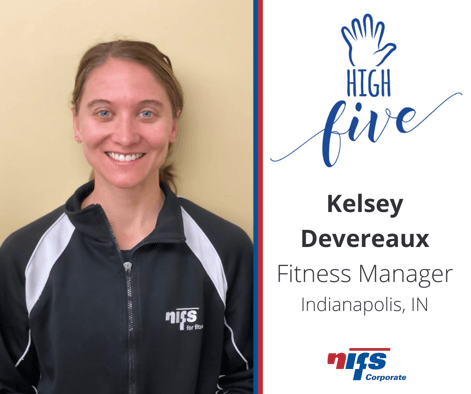
.jpg?width=486&name=winter%20exercise%20GettyImages-1048608792%20(1).jpg) When winter blows in and the days start to get shorter and colder, you can pull the blankets over your head and hibernate—or you can suit up and head outside for an outdoor winter adventure. Exercising in colder weather has distinct advantages over working out in warmer weather, so there is no reason to take a break when the temperatures drop. There are a number of advantages to working out in colder weather that most people disregard.
When winter blows in and the days start to get shorter and colder, you can pull the blankets over your head and hibernate—or you can suit up and head outside for an outdoor winter adventure. Exercising in colder weather has distinct advantages over working out in warmer weather, so there is no reason to take a break when the temperatures drop. There are a number of advantages to working out in colder weather that most people disregard.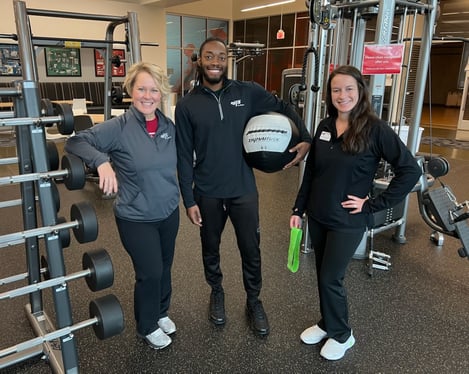 Daily headlines remind employers of what they are already feeling with the squeeze to find qualified candidates to fill the record-setting job openings across nearly every industry. And for HR professionals responsible for hiring in senior living or corporate fitness centers, it may already be challenging enough to recognize the necessary skills when hiring a fitness professional who can cultivate the engaging onsite fitness center you desire. In the past couple of months, I have heard from multiple fitness management clients that they are grateful that they are partnered with NIFS to manage their fitness center personnel as its one less department they have to worry about as time, resources and candidate pools are stretched thin with staffing struggles.
Daily headlines remind employers of what they are already feeling with the squeeze to find qualified candidates to fill the record-setting job openings across nearly every industry. And for HR professionals responsible for hiring in senior living or corporate fitness centers, it may already be challenging enough to recognize the necessary skills when hiring a fitness professional who can cultivate the engaging onsite fitness center you desire. In the past couple of months, I have heard from multiple fitness management clients that they are grateful that they are partnered with NIFS to manage their fitness center personnel as its one less department they have to worry about as time, resources and candidate pools are stretched thin with staffing struggles.